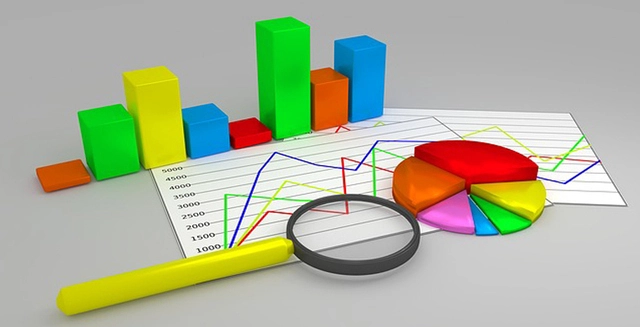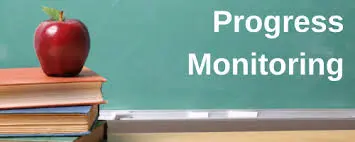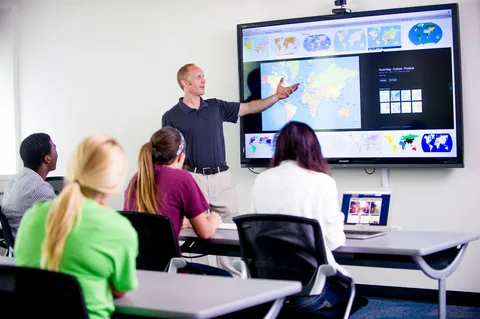
Student progress monitoring has become essential in today's educational environment for supporting both academic performance and personal development. Effective methods to monitor and assist in the growth of students are always being sought after by educators and administrators. A hopeful answer has emerged in the form of advanced student progress monitoring systems, which have transformed classroom environments and improved academic results. This blog discusses progress monitoring, looks at how it might be used in the classroom and provides six powerful instances of data-based progress monitoring.
What is Progress Monitoring Data and How Does it Work?
The organized collecting, examination, and application of behavioral and academic data to assess student development and inform educational choices is known as progress monitoring data. Monitoring student performance regularly, comparing it to set benchmarks, and modifying training as needed are all part of it. By using this technique, teachers may determine the areas of strength and weakness in their students customize interventions, and offer help when needed.

In actuality, a range of instruments and methods are used to track students' growth. To collect data, teachers can employ digital tools, formative assessments, classroom observations, and standardized testing. After that, this data is examined to provide a thorough picture of each student's development. Teachers can guarantee that every student receives the individualized help they require to achieve by utilizing data from progress monitoring.
6 Examples of Data-Based Progress Monitoring in the Classroom

1. Response to Intervention (RTI)
A multi-tiered strategy for early detection and support of students with learning and behavioral issues is called Response to Intervention (RTI). There are three intervention layers involved, each with progressively higher levels of support:
- Tier 1: High-quality classroom instruction and universal screening for all students.
- Tier 2: Targeted interventions for students who do not make adequate progress in Tier 1.
- Tier 3: Intensive interventions and comprehensive evaluations for students who continue to struggle.
RTI relies heavily on progress monitoring data to track student performance and adjust interventions. By regularly assessing students, teachers can identify those who need additional support and ensure that interventions are effective.
2. Positive Behavioral Interventions and Supports (PBIS)
A proactive strategy for creating the behavioral supports required for kids to succeed socially, emotionally, and academically is known as positive behavioral interventions and supports, or PBIS. Data is used by PBIS to track student behavior, spot patterns, and put positive reinforcement tactics into practice.
Teachers can identify pupils who may be at risk of behavioral disorders and take early intervention measures by regularly collecting data. By supporting kids who require it and rewarding excellent behavior, PBIS helps to create a pleasant school climate.
3. Individualized Education Plan (IEP)
Every student in a public school who requires special education has a document called an Individualized Education Plan (IEP) created for them. The student's IEP specifies services, adjustments, and goals for their schooling. To guarantee that children with disabilities receive the assistance they require to meet their objectives, progress monitoring is a crucial part of the IEP process.
Instructors constantly monitor the development of students with IEPs using a variety of assessment instruments. This information aids in determining the efficacy of educational initiatives and tactics as well as whether changes are required.
4. Computer Adaptive Tests (CAT)
Computer Adaptive Tests (CAT) are exams that change in difficulty in response to the answers provided by the students. The test changes as the student responds, offering questions that are either harder or easier depending on how well they do. This method offers an accurate assessment of a student's aptitude.
CATs provide teachers with real-time data that they can use to precisely track their students' progress. This information is useful for monitoring students' progress over time and customizing instruction to match each student's needs.
5. Curriculum-Based Measurement (CBM)
A technique for tracking student development through regular and direct evaluations of academic skills is called curriculum-based measurement, or CBM. Short, standardized examinations that assess certain abilities in subjects like writing, math, and reading are part of CBM.
Teachers can monitor student development and make informed judgments regarding their instruction by periodically performing CBM exams. Teachers can modify their pedagogical approaches to better enhance students' learning with the help of CBM's instant feedback.
6. Multi-Tiered Systems of Support (MTSS)
An integrated framework that blends behavioral and intellectual interventions is called a Multi-Tiered System of Support (MTSS). To determine students' requirements and offer suitable help at several levels, MTSS uses data.
Universal Support: All kids receive excellent instruction and behavioral support.
Targeted Support: Extra assistance given to students who require it most.
Intensive Support: Tailored programs for pupils with high requirements.
To track student development and guarantee the efficacy of treatments, MTSS depends on ongoing data collecting. This all-encompassing strategy supports total student success by addressing behavioral as well as academic issues.
Conclusion
Maintaining an efficient and encouraging learning environment in the classroom requires close observation of each student's development. Educators can customize lessons to match the requirements of each student, give appropriate interventions, and obtain important insights into student performance by utilizing data-based progress-tracking systems. All kids' educational experiences can be greatly improved by putting initiatives like RTI, PBIS, IEPs, CATs, CBM, and MTSS into practice.
Are you ready to elevate your classroom experience with effective student progress monitoring tools? Check out 8 Best Ways to Promote Equity in the Classroom to learn more.